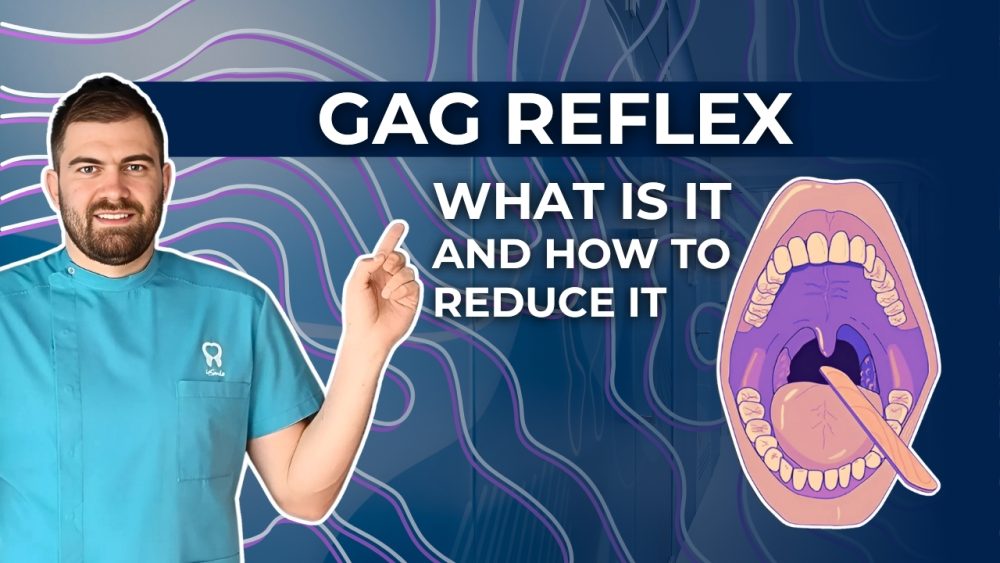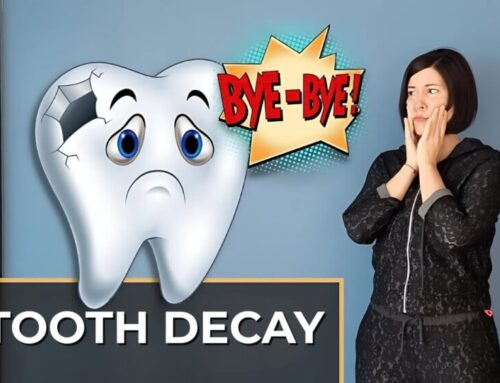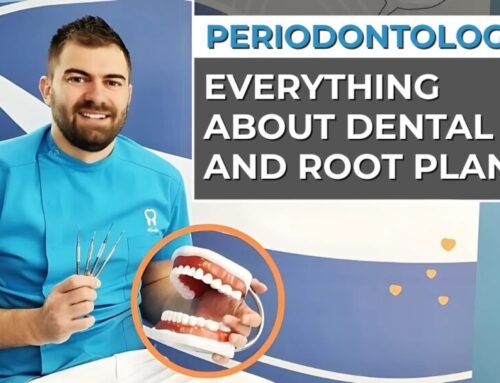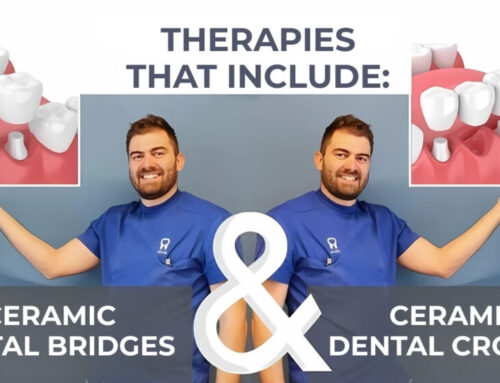Gag reflex: What is it and how can it be reduced?
For many patients, even the thought of a dental examination causes discomfort. However, for some, the main challenge isn’t fear of pain.
It’s the gag reflex: the body’s involuntary response that can make dental procedures difficult or even impossible.
At Dental Center 4Smile, we regularly see patients with a pronounced gag reflex and we know how much it can affect your experience.
The good news is: there are ways to control or completely reduce the gag reflex.
What is the gag reflex?
The gag reflex is the body’s defense mechanism that is triggered when something touches the back of the tongue. It can also be a response to soft palate, tonsils, or the back wall of the throat being touched.
In some people, this reflex is so sensitive that it can be triggered even by the mere thought of dental instruments.
It’s also often triggered while taking dental impressions and X-rays.
What causes an increased gag reflex?
– Psychological factors: anxiety, discomfort, or past negative experiences at the dentist
– Physiological hypersensitivity: sensitivity of the palate and throat
– Uncomfortable position during treatment
– Medical conditions or medications that increase reflex sensitivity
How to reduce or eliminate the gag reflex?
At Dental Center 4Smile, we use different techniques depending on each patient’s individual needs.
Here are some proven methods:
1. Psychological preparation and breathing
Deep, controlled breathing through the nose can help calm the reflex.
Focusing on breathing distracts the mind and reduces tension.
A simple technique can also help: breathing only through the nose and silently counting.
2. Anesthetizing sensitive areas
We apply local anesthetics in the form of sprays or gels to the back of the palate or tongue.
This temporarily reduces sensitivity.
3. Modification of technique and position
Sometimes it is enough to adjust the patient’s head and body position.
Dentists can also adapt and use shorter instruments to avoid stimulating the reflex zone.
4. Conscious sedation: a safe and effective way to relax
In cases of a strong gag reflex that prevents any work, conscious sedation can be applied.
This method combines medication for relaxation and pain relief.
The patient remains awake but is very calm and free from anxiety, while the gag reflex is significantly reduced or completely eliminated.
Conscious sedation is performed under the supervision of a specialized anesthesiologist and is completely safe for most patients.
5. Practical exercises at home
In some cases, it is possible to gradually desensitize the reflex through exercises that involve gently touching sensitive areas of the palate with a toothbrush or finger. These exercises are recommended only under professional guidance.
6. Communication is key
Don’t hesitate to tell your dentist or dental assistant what causes you problems.
At Dental Center 4Smile, we believe in an individual approach to every patient, and we will adapt the procedure so that you feel as comfortable as possible.
The gag reflex can be a challenge, but it is not insurmountable.
With professional care, the right techniques, and good communication with your dentist, most patients can undergo even the most demanding treatments without difficulty.
If you’ve been avoiding the dentist because of this problem: you are not alone, and you are not condemned to discomfort.
Contact us and together we will find a solution!
📞 Book your appointment today and take the first step toward a carefree smile.
Let’s move forward together – toward your smile!















